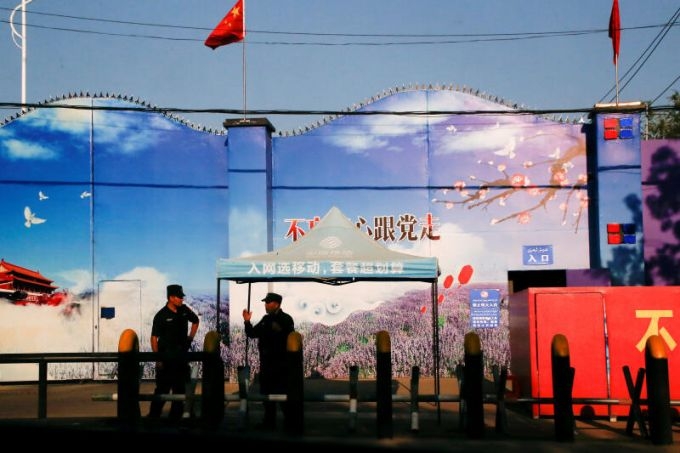Subash Buddhist Ruins: The Famous “Ghost City” Once Brought Silk Road To Life
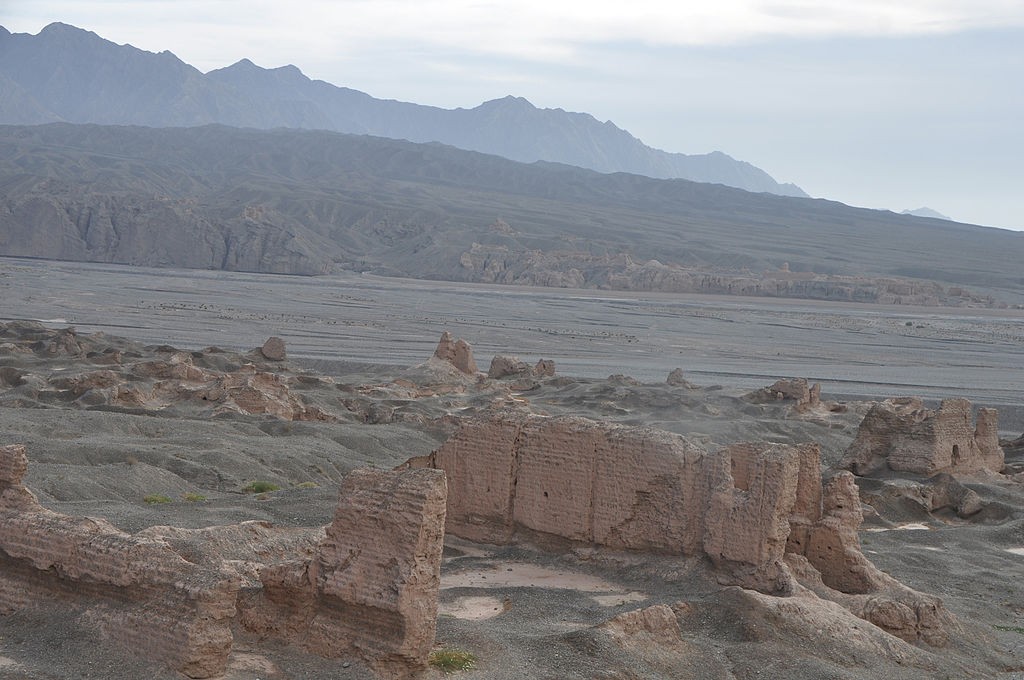 |
| Photo: Wikipedia |
The Subashi Temple is a ruined Buddhist temple near Kucha in the Taklamakan Desert, on the ancient Silk Road, in Xinjiang, Western China. The city was partly excavated by the Japanese archaeologist Count Otani.
It is located on the southern slope of the Queletagh Mountain, 20 kilometers northeast of Kuqa County. The Subash Ancient city is divided into two sections which are to the east and to the west of the Kuqa River. It is the site of a Buddhist temple built during the Wei and Jin Dynasties.
The east temple built on the mountainside has remains of the temple’s living quarters, towers, and walls. The west temple is squared in shape which is 318 meters long and 10 meters high courtyard wall within which there are dense ruins. On the north, there is a row of caves that had been found Qiuci language inscriptions and Buddhist images. From this ancient city, unearthed iron/copper tools, pottery, wooden articles, murals, clay Buddhist statues, wooden slips. In 1978, a tomb was excavated at the base of the middle pagoda in the west temple, where there unearthed female bones with sacrificial objects being displayed in Kuqa Museum, according to Xinjiang Travel.
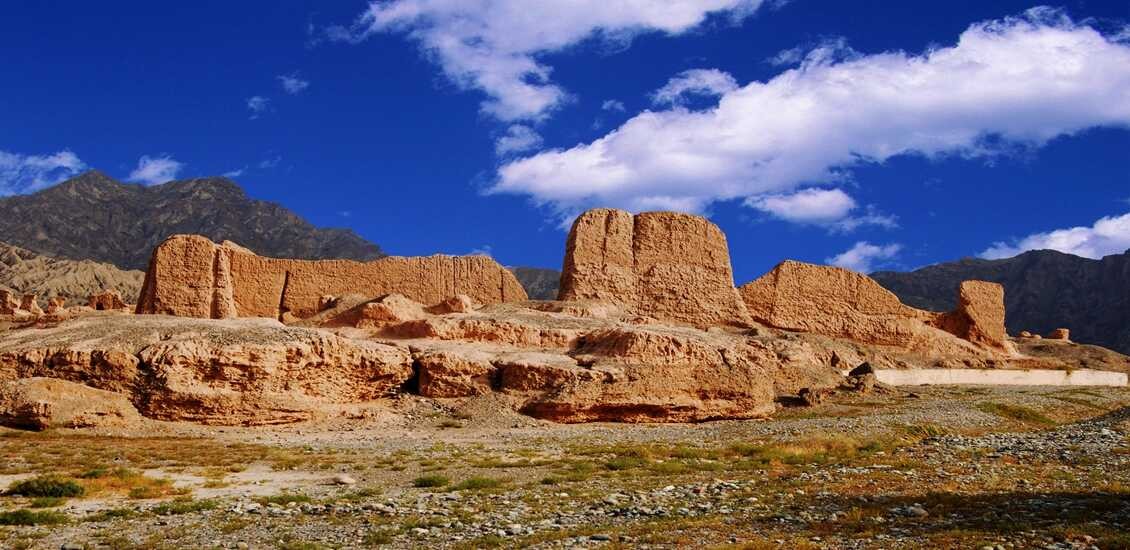 |
| Photo: Travel Xinjiang |
Subash Buddhist Ruins – A Gorgeous Past
The temple was first built during the Wei-Jin Dynasties (220-420). Elite Kucha monk Kumarajiva (344-413) used to preach here. He is thought to have revolutionized Chinese Buddhism with his abundant sutra translations, according to Silk Road China Tours.
Subash Temple saw its heyday during the Tang Dynasty (618-907) when it was home to 10,000 monks and received numerous pilgrims. It welcomed legendary monk Xuanzang, who was on a journey west from the then capital Chang’an to ancient India in the 630s. He stayed in Subash and preached there for over two months. In his travelogue Great Tang Records on the Western Regions, Xuanzang described the natural scenery of Subash and the endless stream of devout pilgrims who journeyed there. However, at some point during the 13th to the mid-14th centuries, the temple was abandoned.
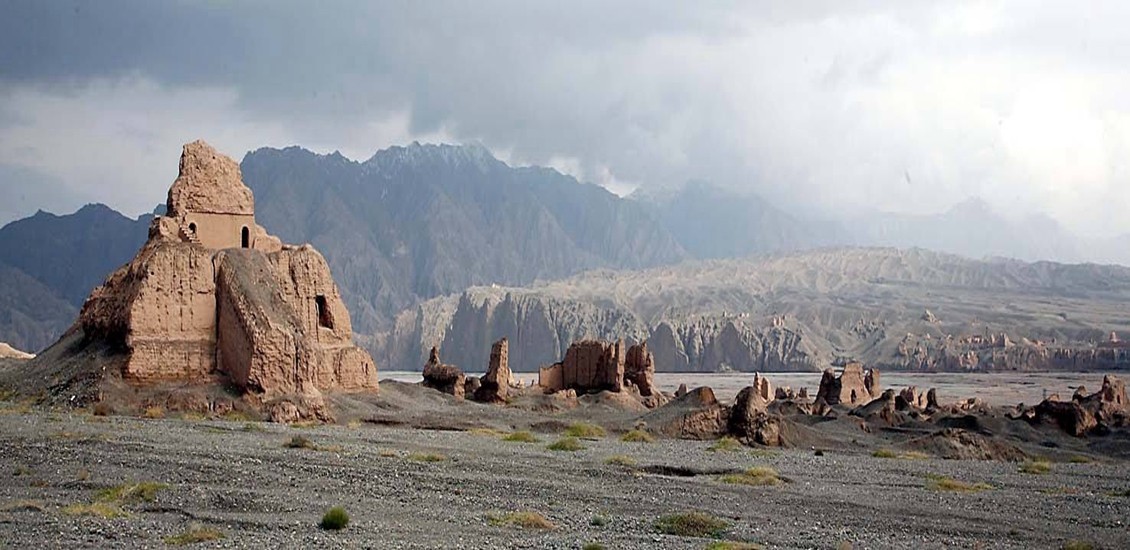 |
| Photo: Travel Xinjiang |
Unoccupied for about 1,000 years, the ruins still amaze visitors. Against the backdrop of the open and vast desert, crumbling pagodas are bathed in the golden beams of sunshine. They tell us of past glory.
For about 1,000 years, Subash Temple had great significance in China’s Western Regions and played a pivotal role in cultural communication between East and West. The ruins are highly regarded for their historical, artistic, scientific, and social value. The temple’s construction utilized various typical techniques that can be seen in earthen ruins of arid Northwest China and even in Central Asia.
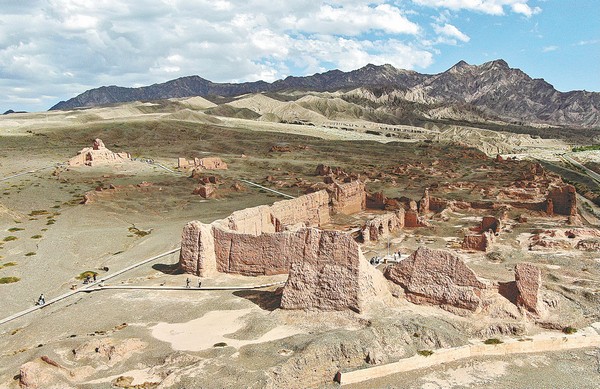 |
| Photo: China Daily |
In the west part of the temple, quite a few Buddhist constructions still stand, including the north, west, and south walls of the main hall. The hall was about 318 meters in circumference and encompassed a small hall inside and Buddha niches in the walls. Outside the main hall, monks’ dormitories and meditation rooms were situated in the west, while in the north were caves dug into the cliffside about 50 meters away where monks retreated for meditation. There are few murals inside these caves, and characters inscribed on the wall have been identified as ancient Kucha. The style of these meditation caves is unique to Subash.
Sixty meters west of the main hall is the most spectacular pagoda. It sits on a square base, with a slope on the south side directly leading to the second level, on which a stone pillar was erected in the center supporting the roof. This is the only place in Aksu Prefecture, where Kucha is located, where this form of the pagoda can be seen. The 13.2-meter-high pagoda is the best-preserved structure in the west temple.
Historical records show that after reunifying the Western Regions during the Tang Dynasty, the country enjoyed a period of peace and prosperity. In 656, the emperor ordered that Kucha be made the seat of the administrative body of the west, aka the Protectorate of General to Pacify the West. Kucha was then more influenced by the Central Plains Buddhism as communication with the inland strengthened. Under this circumstance, the culture, and art of Kucha Buddhism, just like the unearthed Han-style pagoda shows, integrated inland elements, and developed new features.
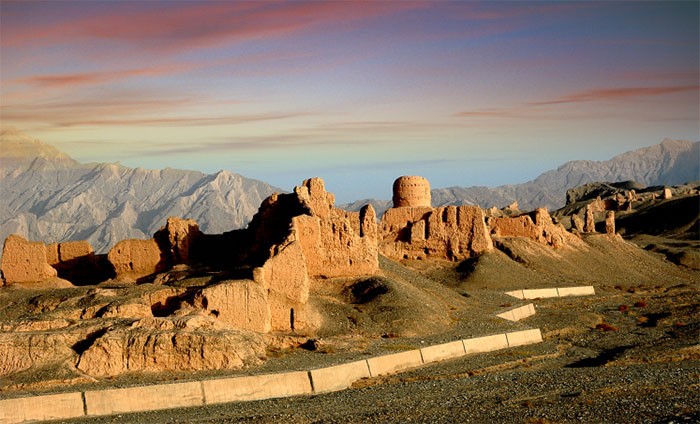 |
| Photo: Silkroad China Tours |
Other tourist attractions
Other famous sites nearby are the Kizilgaha caves, the Kumtura Caves, the Kizil Caves, and the Simsim caves. These sites and others along the Silk Road were inscribed in 2014 on the UNESCO World Heritage List as the Silk Roads: the Routes Network of Chang'an-Tianshan Corridor World Heritage Site.
A sarira, a Buddhist relic box of the 6th–7th century, discovered in Subashi shows Central Asian men in long tunics, reminiscent of other friezes which have been called Tocharian.
The "Witch of Subashi" is another famous archaeological artifact, the mummy of a woman with a huge pointed hat, thought to be a representative of early Caucasian populations who lived in the region around the beginning of our era.
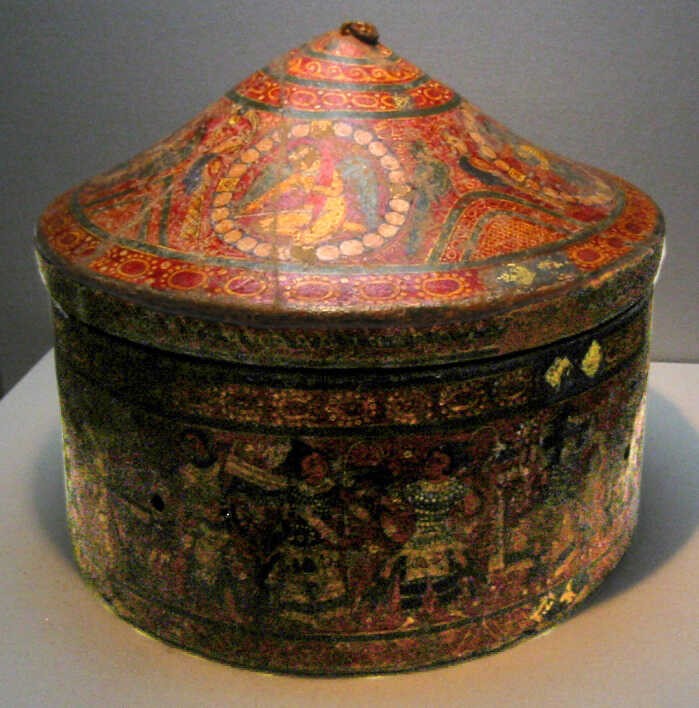 |
| Sarira casket from Subashi. Wood covered with hemp and painted. 6th-7th century. Otani Collection. Tokyo National Museum. |
 | Astonishing 7 Natural Wonders of France France is more than the bustling cities. The European nation has plenty of scenic nature spots for tourists to enjoy. |
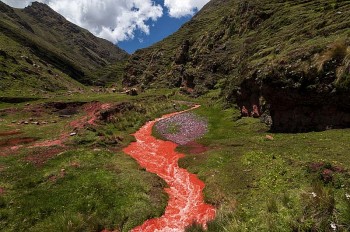 | Peru: The Mysterious And Stunning Red River Becomes A New Attraction Located on Cusco Region, Peru, Palcoyo red river has become a new attraction for first time tourists from over the world for its unique bright ... |
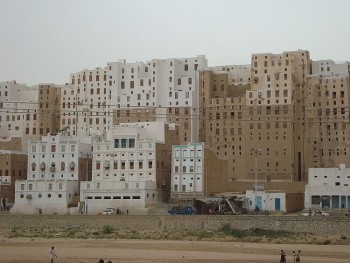 | Yemen: The Amazing Ancient 500-Year-Old Skyscrapers Made From Mud Shibam Hadramawt, a small town with 500-year-old made from mud, has been a tourist attraction in Yemen for its unique characters and structures. |
Recommended
 World
World
India strikes back at terrorists with Operation Sindoor
 World
World
India sending Holy Relics of Lord Buddha to Vietnam a special gesture, has generated tremendous spiritual faith: Kiren Rijiju
 World
World
Why the India-US Sonobuoy Co-Production Agreement Matters
 World
World
Vietnam’s 50-year Reunification Celebration Garners Argentine Press’s Attention
Popular article
 World
World
"Will continue offering our full support to Indian govt": US FBI Director after Pahalgam attack
 World
World
"Great Leader": JD Vance Lauds PM Modi During His India Visit
 World
World
Trump’s Tariff Pause: A Strategic Move from “The Art of the Deal”?
 World
World





